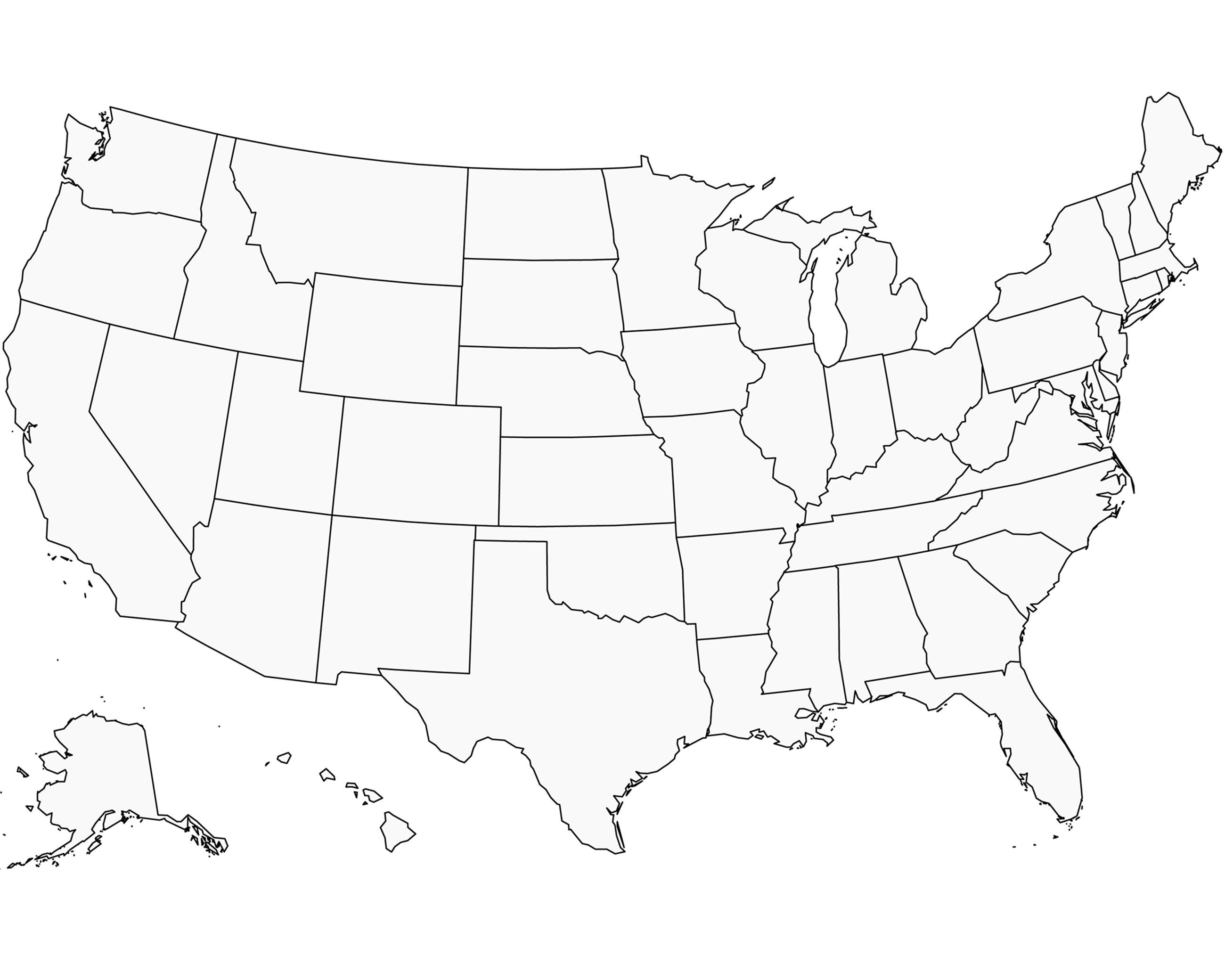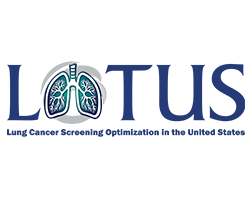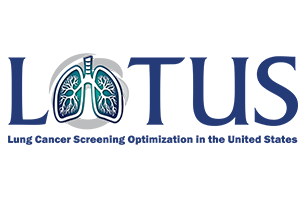About LOTUS
LOTUS is comprised of five US integrated healthcare systems representing diverse populations and communities. The research team includes investigators in each healthcare system as well as Harvard and University of Michigan.
Adult Health System Members Characteristics (Jan 2010-Sept 2021)
| Female Male |
52% 48% |
| Average Age | 58 yrs. |
| American Indian/Alaska Native Asian/Pacific Islander Hispanic Non-Hispanic Black Non-Hispanic White Multiple/Another Race/Ethnicity Unknown |
1% 4% 13% 4% 61% 3% 14% |
Adult Health System Members Characteristics (Jan 2010-Sept 2021)
| Female Male |
51% 49% |
| Average Age | 58 yrs. |
| American Indian/Alaska Native Asian/Pacific Islander Hispanic Non-Hispanic Black Non-Hispanic White Multiple/Another Race/Ethnicity Unknown |
1% 48% 4% 1% 26% 0% 19% |
Adult Health System Members Characteristics (Jan 2010-Sept 2021)
| Female Male |
55% 45% |
| Average Age | 61 yrs. |
| American Indian/Alaska Native Asian/Pacific Islander Hispanic Non-Hispanic Black Non-Hispanic White Multiple/Another Race/Ethnicity Unknown |
<1% 3% 3% 24% 59% 2% 9% |
Adult Health System Members Characteristics (Jan 2010-Sept 2021)
| Female Male |
53% 47% |
| Average Age | 63 yrs. |
| American Indian/Alaska Native Asian/Pacific Islander Hispanic Non-Hispanic Black Non-Hispanic White Multiple/Another Race/Ethnicity Unknown |
1% 1% 2% <1% 88% 1% 8% |
Adult Health System Members Characteristics (Jan 2010-Sept 2021)
| Female Male |
57% 43% |
| Average Age | 60 yrs. |
| American Indian/Alaska Native Asian/Pacific Islander Hispanic Non-Hispanic Black Non-Hispanic White Multiple/Another Race/Ethnicity Unknown |
<1% 6% 4% 21% 64% 3% 4% |

Kaiser Permanente Hawaii
Henry Ford Health System
Marshfield Clinic Health System
Lung Cancer Screening Optimization in the U.S.
LOTUS data as of 2021Cohort Size (ages 35-89)
COMPLETED 1 OR MORE LCS LDCT
unique Healthcare Systems
LOTUS Patient Population
2014-2021 (Estimated) Aggregate CharacteristicsSex
Lung cancer screening may have different effects in men and women; our consortium is well-suited to evaluate these potential differences.
RACE AND ETHNICITY
Lung cancer incidence and mortality are higher in groups that are often medically underserved, including Non-Hispanic Black populations. Thus, it is important that lung cancer screening reach diverse populations, so that lung cancer related health disparities are reduced and not worsened through lung cancer screening programs.
The LOTUS consortium covers a diverse population, so that we can study lung cancer screening uptake and impacts in different groups and identify ways to optimize lung cancer screening to benefit diverse populations.
AGE
Increasing age is a risk factor for lung cancer, and current guidelines use age as one of the criteria for who should receive lung cancer screening. Understanding the benefits and risks of lung cancer screening at different ages is important so that policy-makers, patients, and doctors can make informed decisions about who should initiate lung cancer screening.

